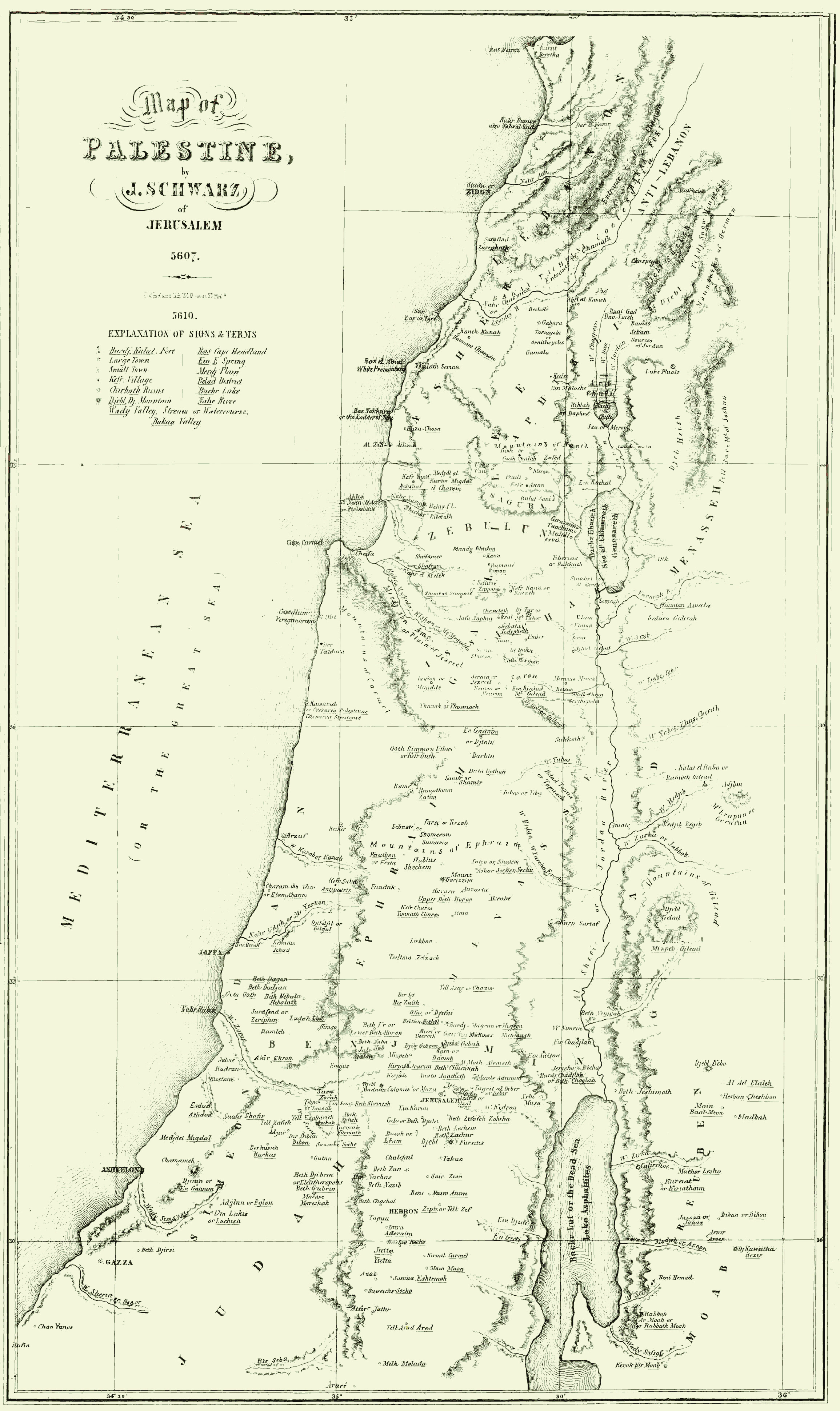While we are on the subject of sad news, I should report that Spot the Dog has passed away. He was known by many other names, too numerous to mention here, but his favorite was perhaps "The Dog Formerly Known as Spot". He was 14 1/2 years old.
He came down with Lymphoma last Rosh Hashannah, and his vet, Dr. Marganite, was able to keep him alive for almost a year. He got chemotherapy at the animal hospital in Beer-Sheva, which was effective as long as he was on it, but then relapsed a couple of months after it stopped. He passed away, or was "put to sleep" as the saying goes, on the 17th of Tamuz, the middle of July, a fast day on the Jewish calendar, after he had stopped eating and drinking. He finally lost the energy to stand.
Spot the Dog's final photo. Too weak to stand, he still puts on a good face at the vet's.
We took him to Dr. Marganite who examined him and agreed with us that his time had come. She told us to say good bye, and she said that this made everyone sad but she would not cry to stay professional, but then we all started to cry. She took Spot away and then a short time later I heard the squeeky wheels of the gurney and knew his end had come. They put him in a plastic sack and wrapped him in the sheet we had brought, after which he was put in a cardboard box which was taped shut. We wheeled him out to the car and placed him in the back seat and drove home to Mitzpe Ramon.
We decided to bury him in the JNF forest near the Machtesh, just below the Wise Observatory where I do my star tours every night. Yishbot, one of the Black Hebrews, dug his grave under a tree at the least used edge of the forest. Our friend Chaim helped us bring him up and bury him. We placed his old sleeping sheepskin in the grave and then placed him in his box on top. Pam almost lost her purse in the grave since we hadn't realized she had put it on the sheepskin in the car. Fortunately, we found it before the dirt started flying. Otherwise, Spot would have had quite a Pharonic burial.
Spot is placed on his sheepskin in his little grave above Mitzpe Ramon
Chaim helps us bury Spot in the JNF forest.
After we finished covering his grave with dirt I put large rocks on it, as Dr. Marganite suggested, to keep the wild animals from digging him up.
Spot's grave site in the JNF forest above Mitzpe Ramon
Every time we visit I add a large rock to the pile to protect him. It is also a Jewish custom to leave a rock of remembrance on a grave at every visit. The pile has gotten very big.
Spot's rock pile on his grave site.
We miss Spot every day, but as Yair, our grandson said, "I miss Spot, but it makes me happy when I remember him." What better could be said about a dog? We miss you and remember you, buddy.









.JPG)






















